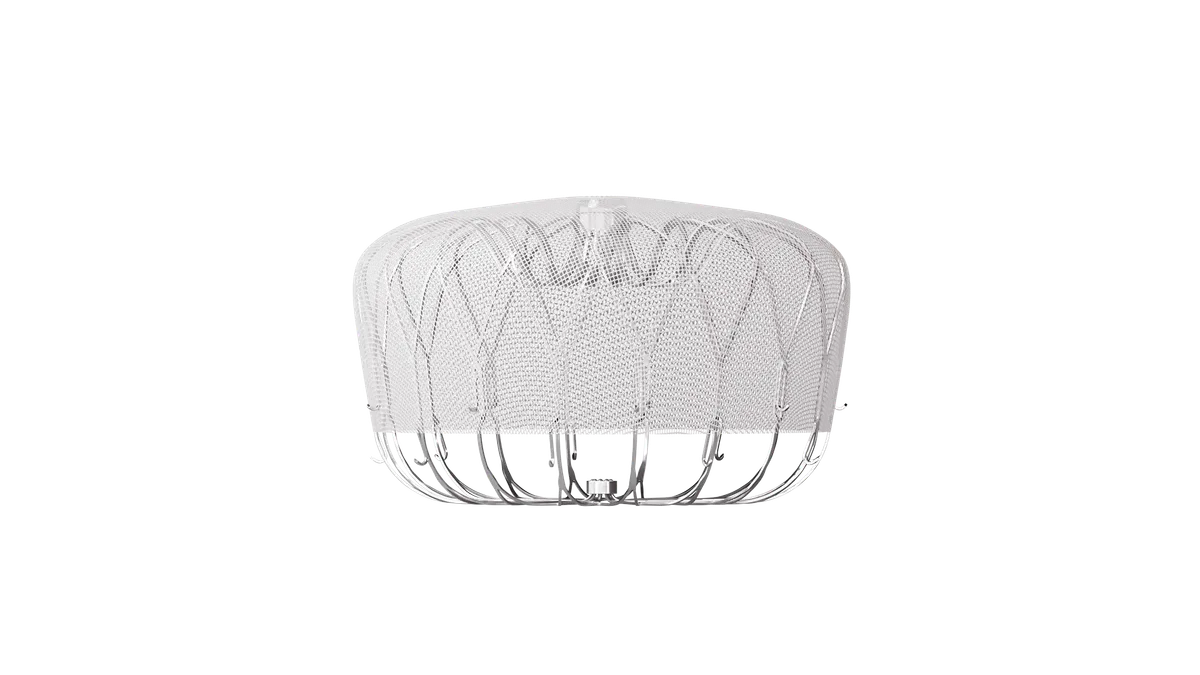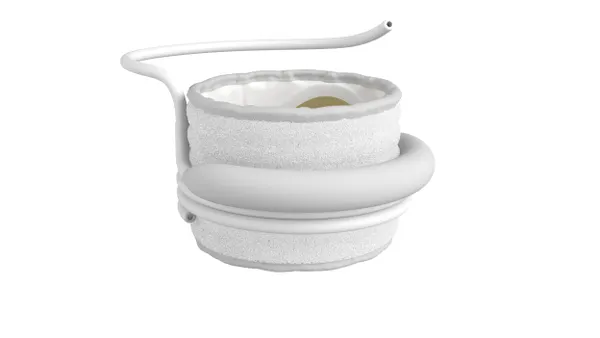Dive Brief:
- Boston Scientific's Watchman device to prevent blood clots in atrial fibrillation patients was associated with low rates of stroke in a large registry analysis, offering reassurance of its effectiveness in high-risk recipients, researchers said.
- Patients in the registry were much older and at greater risk of stroke than those studied in clinical trials leading to the device's approval, yet results were similar in the two groups, the researchers said. The analysis, presented this weekend in a late-breaking session at the virtual American College of Cardiology meeting, tracked more than 36,000 patients implanted with the device between 2016 and 2018.
- A separate late-breaking study of surgical left atrial appendage occlusion in AFib patients, presented at ACC, found the procedure provided additional protection against stroke when used in conjunction with oral anticoagulation therapy in patients undergoing surgery for another heart condition.
Dive Insight:
The Watchman left atrial appendage occlusion device is a fast-growing product in Boston Scientific's structural heart portfolio that became a drag on earnings last year when the company went through a process of converting customers to a consignment inventory model. The company is also transitioning customers to a new version of the device, called Watchman FLX.
By the first quarter of this year, however, Watchman sales were accelerating, contributing to Boston Scientific's overall rebound from the pandemic-driven slowdown in 2020. CEO Mike Mahoney touted Watchman's 30% year-over-year growth, and positive physician feedback on the performance and safety of the FLX device, on the company's earnings call.
The device offers patients with AFib, a heart rhythm disorder, an alternative for those that can't tolerate clot-preventing blood thinners, which carry a risk of bleeding.
It is implanted in a catheter-based procedure on the left atrial appendage of the heart, where it works to block clots and prevent stroke.
The registry analysis, by researchers at Scripps Clinic in La Jolla, California, looked at "real world" patient experience with the device one year after implant. The registry, which includes almost all left atrial appendage occlusion procedures performed in the U.S., was created to meet a Medicare coverage requirement. It was supported by the ACC's National Cardiovascular Data Registry and the National Heart, Lung and Blood Institute.
The average patient in the study was 76 years old, and one-quarter had an earlier stroke. Many were at high risk for falls, and almost 70% had previously experienced clinically relevant bleeding.
At one year, the estimated rate of stroke in the study was 1.53%, all-cause mortality was 8.34%, and major bleeding was 6.24%. Most bleeding events occurred within 45 days following the procedure. Event rates were consistent with other registry studies and clinical trials, the researchers said.
The stroke rate was 77% lower than would be expected based on patients' scores in a model used by clinicians to predict stroke risk with AFib.
"I was actually a bit surprised by the relatively low event rates because the patients are substantially higher risk than those studied in clinical trials," said study author Matthew Price, director of the cardiac catheterization lab at Scripps Clinic. But mortality and bleeding rates after the procedure underscore the importance of an individualized approach to stroke prevention, he said.
"Based on these data, it seems like we're doing the right thing," Price said of the procedure's use in current clinical practice. "By providing more data, I think this study continues to support LAAO in patients who are not suitable for long-term oral anticoagulation," he said.
A second study of left atrial appendage occlusion presented at ACC examined the procedure's value for stroke prevention in AFib patients undergoing either valve replacement or bypass surgery. The 4,811-patient study, by researchers at the Population Health Research Institute in Hamilton, Canada, and McMaster University, found the procedure reduced the risk of stroke by 33% when performed at the time of another cardiac surgery, with no evidence of adverse effects.











